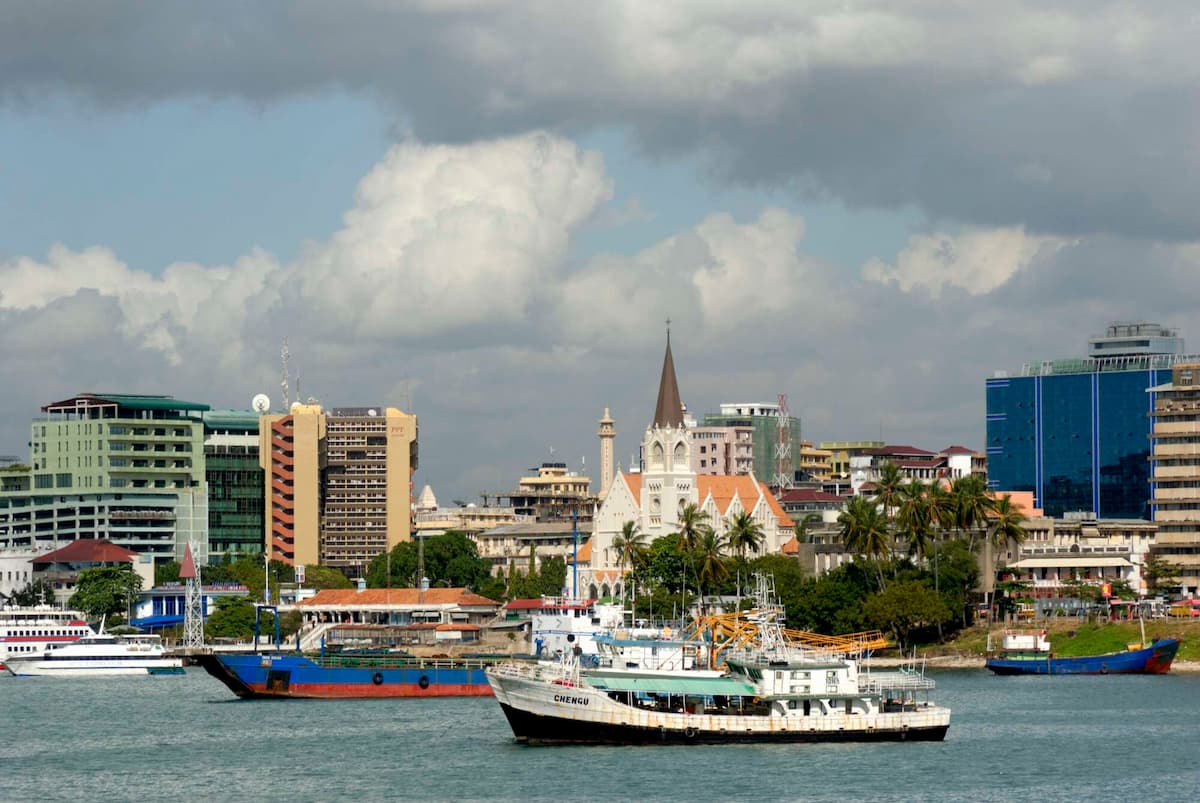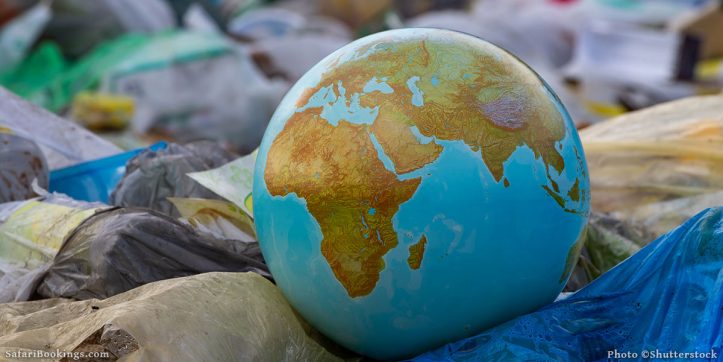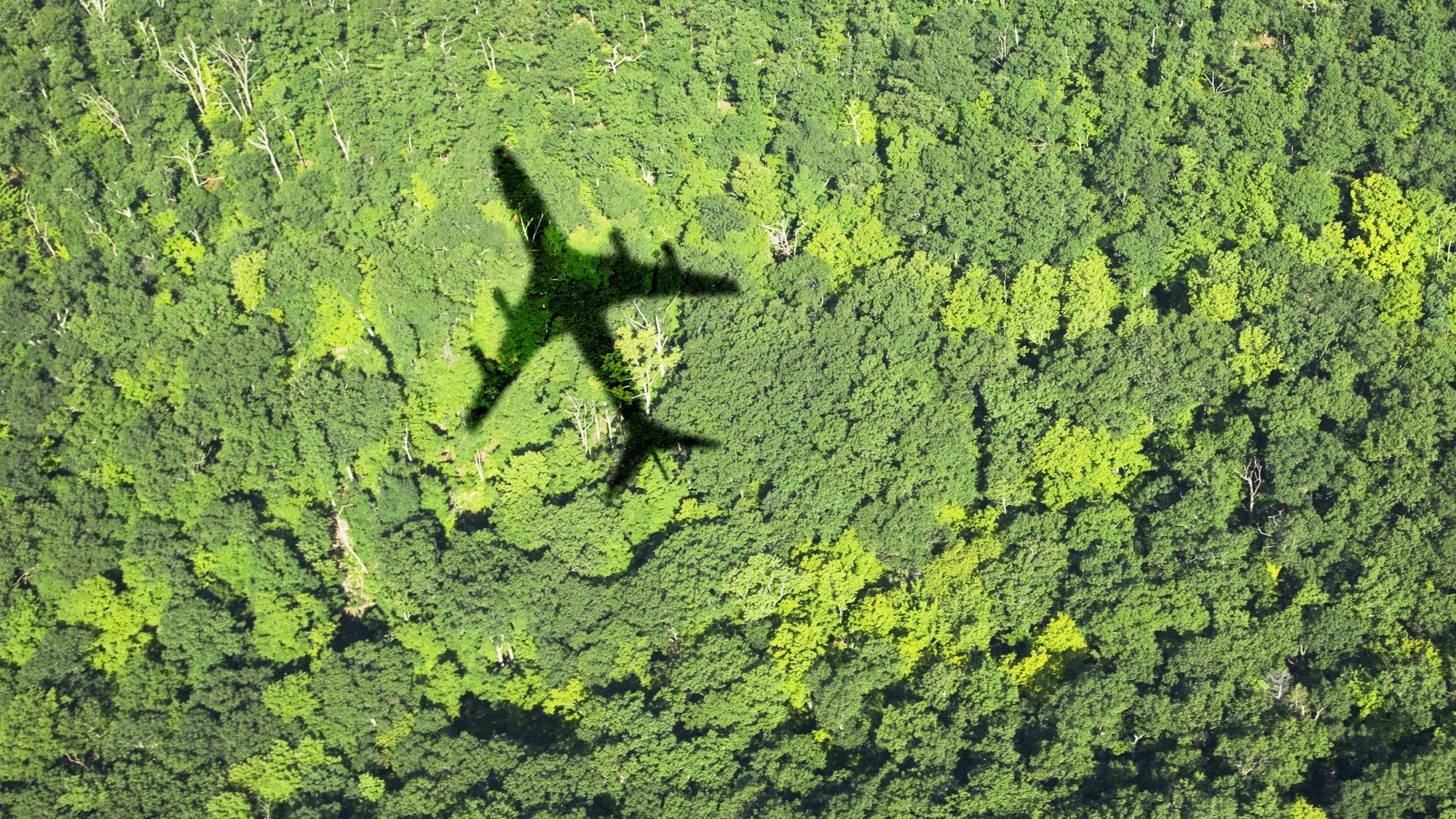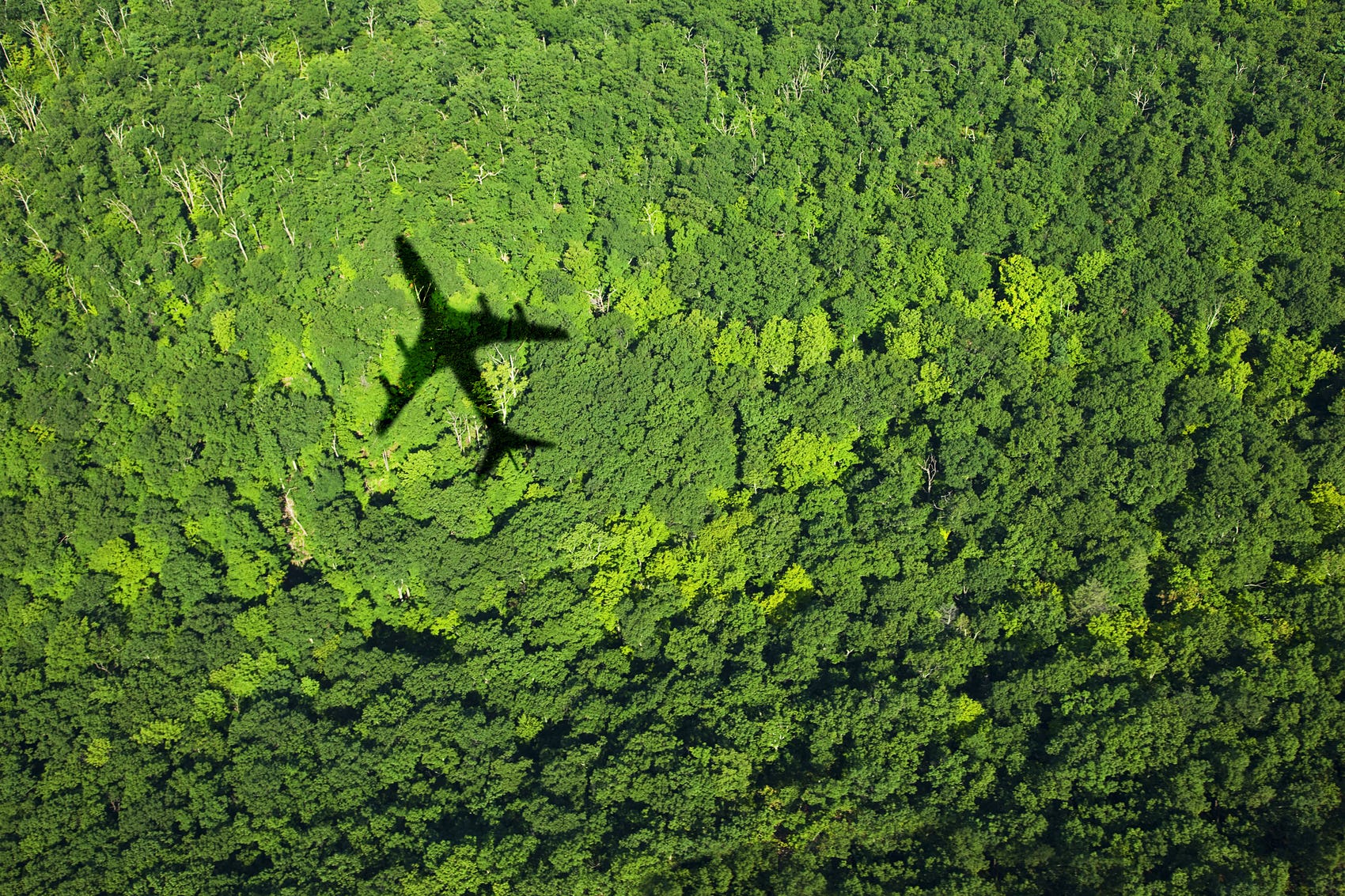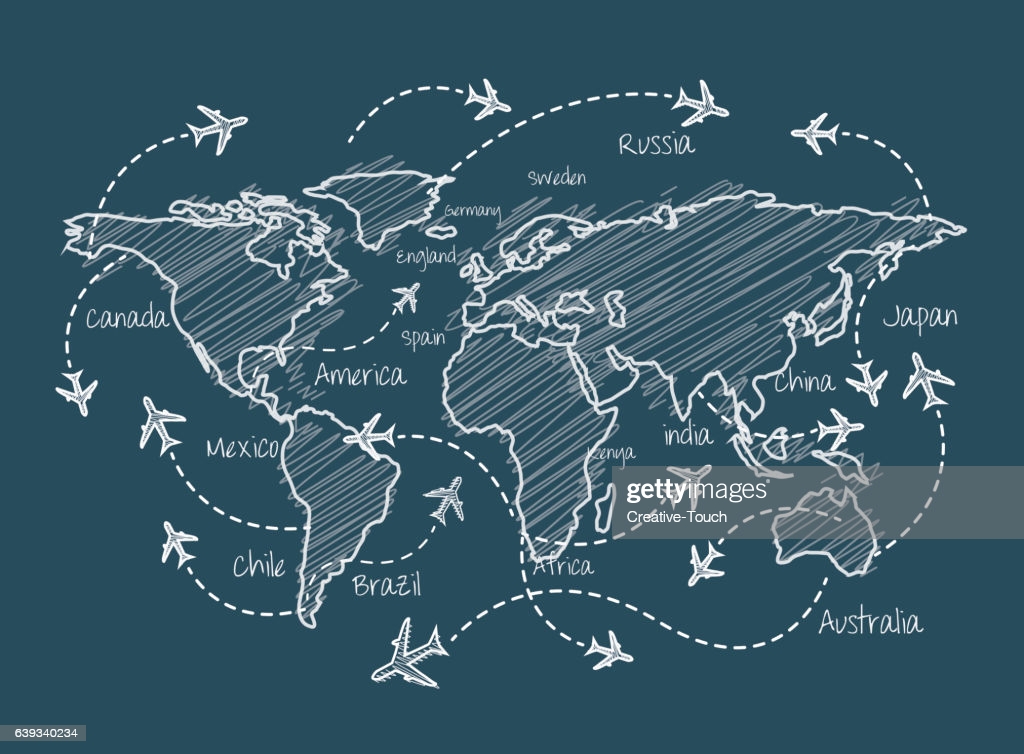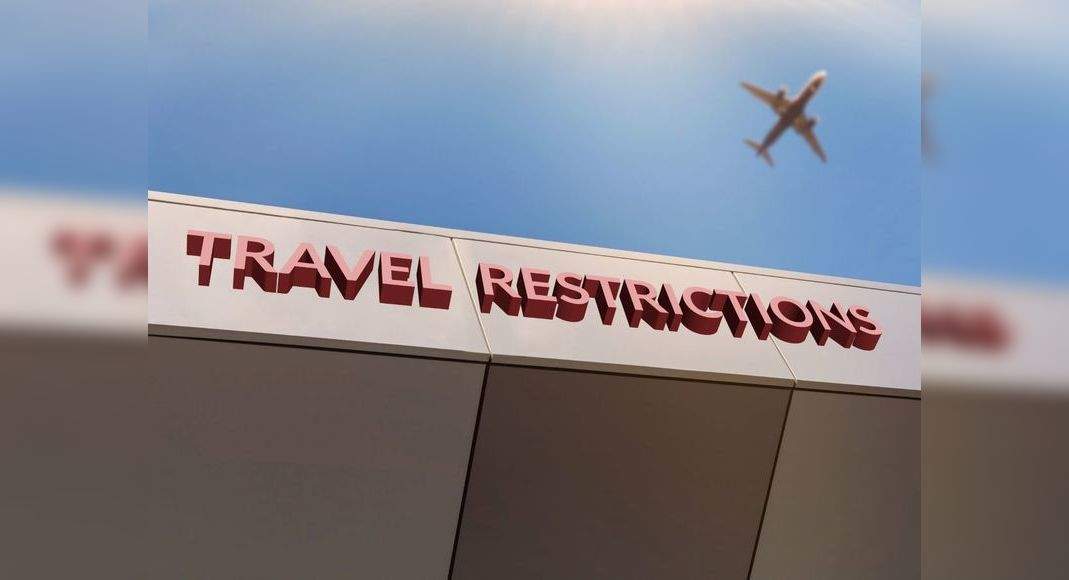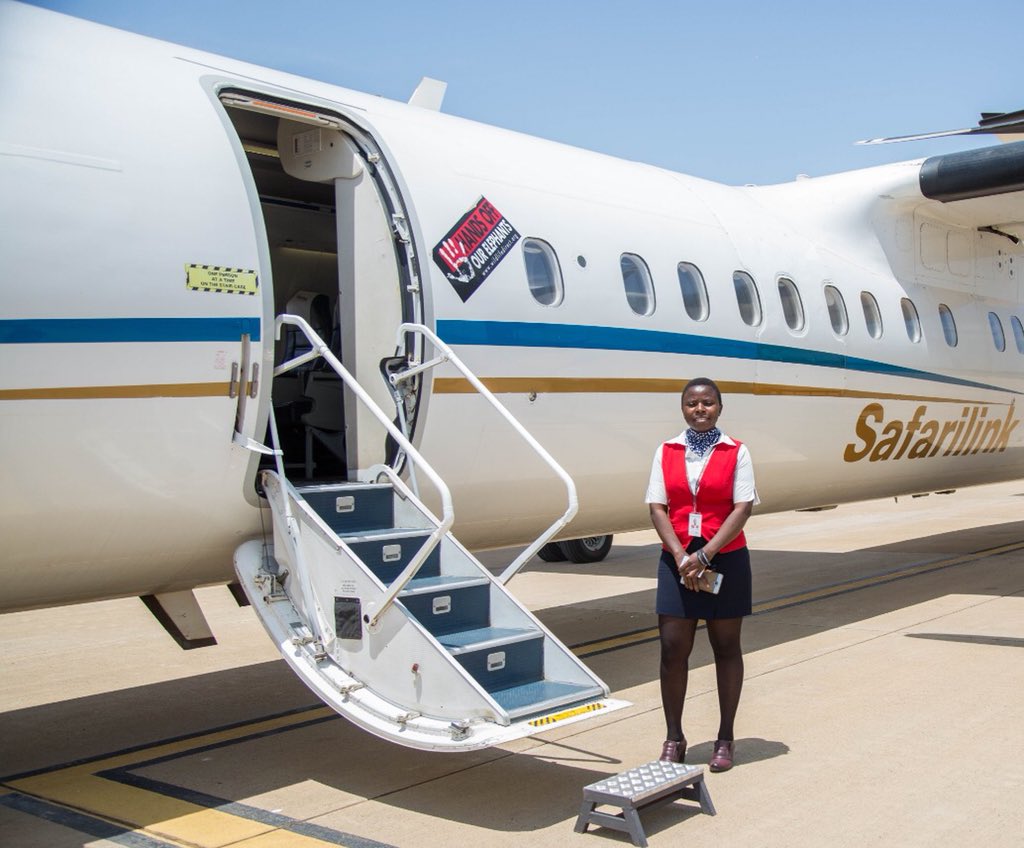The global MICE industry market size is anticipated to grow from USD 760 billion to USD 1237.96 billion in 10 years. The market will experience rapid growth due to the increasing infrastructural investments to support the MICE industry during the forecast period.
The Brainy Insights estimates that the USD 760 billion in 2022 global MICE industry market will reach USD 1237.96 billion in 2032. Meetings, Incentives, Conferences, and Exhibitions are what MICE stands for. Within the travel sector, it is a specialized market. The MICE industry is supported by four major components. Every event, such as meetings, conferences, incentives, and exhibitions, brings people from different industries together. The objective is to cultivate alliances, establish connections, encourage innovation, and promote growth. Events connected to business, such as conferences, displays, meetings, and incentives, are planned and executed based on the requirements of the involved parties. MICE is the ultimate business travel, uniting top industry insiders in a tailored, refined setting. MICE events boost the economy and are advantageous to individuals, businesses, and the host towns in addition to themselves. MICE encourage collaboration, education, networking, and the sharing of knowledge. MICE increase productivity by enabling organizers and stakeholders to combine work and leisure successfully. Furthermore, expanding the MICE industry fosters jobs, sustainable regional development, and promoting these locations as popular travel destinations. It increases investment, trade, and foreign exchange production.
Key Insight of the Global MICE Industry Market:
Europe will dominate the market during the forecast period.
The area offers the infrastructure needed to host events of any size, including the appropriate connectivity, meeting spaces, and other facilities. European nations have much potential for tourism because of their beautiful architecture, pristine towns, and generally high standard of living, which attracts MICE sector participants. In addition, geopolitical volatility has led to a rise in the importance of corporate and political gatherings, increasing demand for the MICE sector.
In 2022, the meetings segment dominated the market with the largest market share of 45% and market revenue of 342 billion. The event-type segment is divided into meetings, incentives, conferences, and events. In 2022, the meetings segment dominated the market with the largest market share of 45% and market revenue of 342 billion.
Advancement in market
With its remarkable size and first-rate amenities, the renovated India Trade Promotion Organisation (ITPO) facility at Pragati Maidan in New Delhi has become a landmark. ‘Bharat Mandapam’, the International Exhibition-cum-Convention Centre (IECC) complex, is a prominent feature of the complex, offering all the facilities expected of a major convention centre. Prime Minister Narendra Modi opened the new IECC facility, Bharat Mandapam. Its capacity to hold assemblies of up to 7,000 people makes it a prime venue for sizable conventions. The complex has 20 meeting rooms with capacities ranging from 50 to 200 persons, providing a flexible location for different types of events.
Market Dynamics
Driver: Governments are paying more attention to developing the MICE sector.
Previously, due to the predominance of stakeholders from these regions and the availability of the necessary infrastructure to organize these meetings and events, the highest-level and most anticipated events of a significant nature were limited to Europe and North America. But as times have changed, developing nations outside of the regions mentioned earlier—such as Saudi Arabia, UAE, India, Brazil, Indonesia, and others—have become more significant on a global scale due to their contributions to the global economy, workforce, GDP, consumer market, supply chain, and workforce. As a result, in order to attract possibilities to improve the lives of their population, the governments of these nations are increasingly concentrating on growing their MICE sector with the proper attitude and finance. Consequently, the government’s growing emphasis on developing the global MICE industry market will increase due to governments placing a greater emphasis on the MICE sector to draw possibilities and strengthen the economy.
Restraints: MICE is expensive.
Planning large-scale events that garner media coverage and attention worldwide requires significant time and money. Due to the financial strain of major international sporting events and political gatherings on already fragile economies, many nations have recently withdrawn their invitations to host such events. Since these events cast a shadow on the domestic issues of poverty and hunger in many countries, citizens also demonstrated against them. Consequently, the MICE industry’s capital-intensive structure will constrain market expansion.
Opportunities: The rising expenditures on infrastructure.
The correct infrastructure—well-equipped to handle the event, accommodate the participants, have a smooth transit, and be both visually beautiful and comfortable without posing an immediate safety risk—is one of the many elements supporting a strong MICE industry. Acknowledging these concerns, governments have made significant investments in developing MICE centres, including conference halls, meeting rooms, a well-equipped virtual room for screen-based meetings, and other essential amenities. Additionally, they are building stadiums with cutting-edge amenities for athletes to use during sporting events. Improvements are being made to the road and aviation infrastructure for smooth and hassle-free travel. During the projection period, the growth of the MICE business will be supported by all of these factors.
Challenges: The growing adoption of virtual meetings.
The COVID-19 pandemic increased the need for, popularity, and adoption of virtual meetings and events. They are cost-effective, both on the part of the organizers and attendees. Given the expansion of data connectivity and internet penetration globally, it is hassle-free. even the most high-level meetings happened virtually and were live-streamed. Therefore, the growing adoption of virtual infrastructure for MICE will challenge the market’s growth.
Some of the major players operating in the global MICE industry market are:
• American Express Global Business Travel (GBT)
• ATPI Ltd.
• AVIAREPS AG
• BCD Meetings & Events
• Beyond Summits
• Creative Group, Inc.
• CWT Meetings & Events
• FCM Meetings & Events
• ITL World Company (MICEMINDS)
• Maritz
Key Segments covered in the market:
By Event Type
• Meetings
• Incentives
• Conferences
• Events
By Region
• North America (U.S., Canada, Mexico)
• Europe (Germany, France, the UK, Italy, Spain, Rest of Europe)
• Asia-Pacific (China, Japan, India, Rest of APAC)
• South America (Brazil and the Rest of South America)
• The Middle East and Africa (UAE, South Africa, Rest of MEA)
About the report:
The market is analyzed based on value (USD Billion). All the segments have been analyzed on a worldwide, regional, and country basis. The study includes the analysis of more than 30 countries for each part. The report analyses driving factors, opportunities, restraints, and challenges to gain critical market insight. The study includes Porter’s five forces model, attractiveness analysis, Product analysis, supply and demand analysis, competitor position grid analysis, distribution, and marketing channels analysis.
About The Brainy Insights:
The Brainy Insights is a market research company, aimed at providing actionable insights through data analytics to companies to improve their business acumen. We have a robust forecasting and estimation model to meet the clients’ objectives of high-quality output within a short span of time. We provide both customized (clients’ specific) and syndicate reports. Our repository of syndicate reports is diverse across all the categories and sub-categories across domains. Our customized solutions are tailored to meet the clients’ requirements whether they are looking to expand or planning to launch a new product in the global market.
Source: Globe News Wire.


